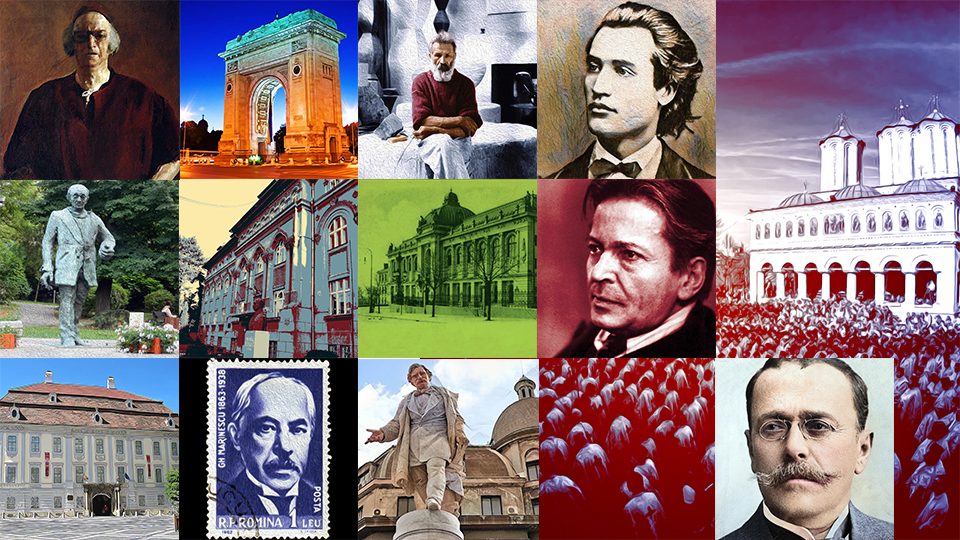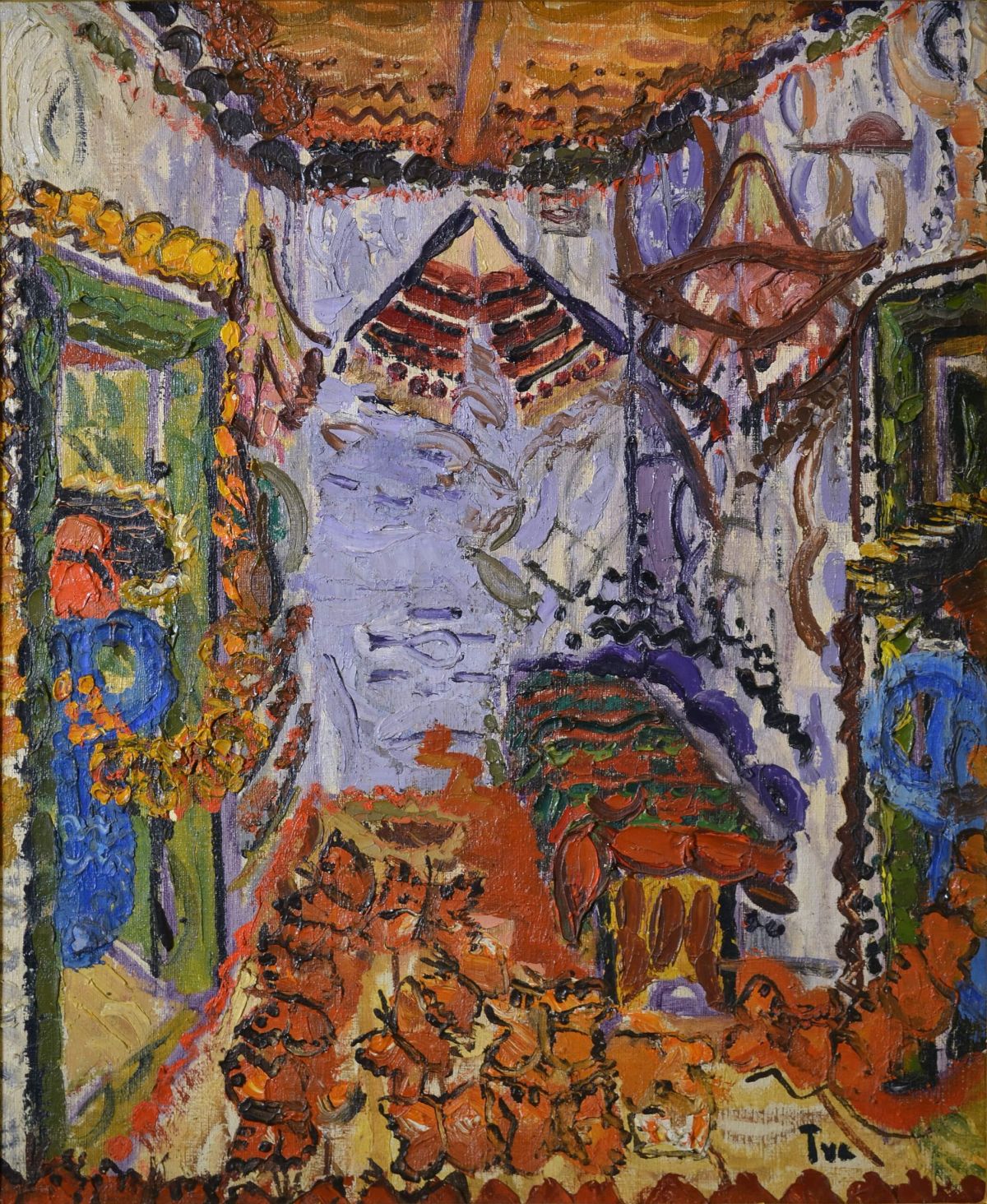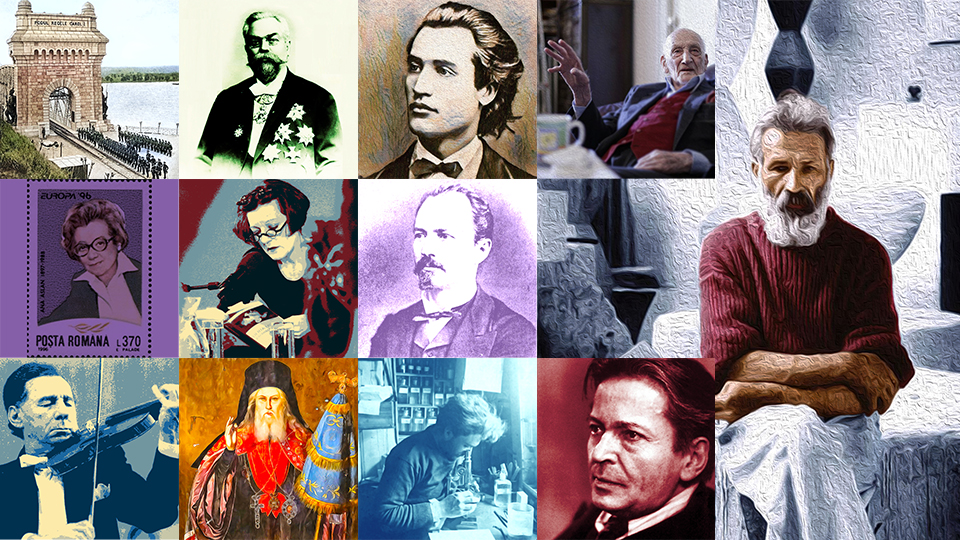The estate of Bratianu family in Florica
Great Romanian families of the past and their whereabouts

Steliu Lambru, 27.06.2021, 14:00
The Florica estate is located around 100 kilometers north-west
of Bucharest. It is one of the best-known such estates across the country.
Proof of that stands the personality of those who created the estate and lived
there afterwards. We’re speaking about the Bratianu family. It is a most
distinguished family, which for two generations had been actively taking part
in the making of modern Romania. Ion C. Brătianu and his
brother, Dumitru, were members of the generation of the 1848 Revolution, also
contributing to Moldavia’s Union with Wallachia in 1859. Their sons, Ion I. C. Bratianu,
Dinu Bratianu and Vintila Bratianu were leading representatives of the 1918
generation, which among other things, had an important contribution to the
emergence of Greater Romania.
There
is a story behind the origins of the Florica estate. Historian Narcis-Dorin Ion documented that story. The
foundation of the estate was laid by Dinca Bratianu, the father of the future
great politician Ion I.C Bratianu. Ion I.C Bratianu inherited the Florica and Samburesti estates. Back in the day
Ion I.C Bratianu also bought the adjoining vineyard, known as Floreasca. The
vineyard would be Ion I. C Bratianu’s concern until he died, vineyard he would
tend to and exploit.
Historian Narcis Dorin Ion gives us the details.
Ion C. Brătianu would build a
first house in Florica in 1858, and here is how his nephew, the poet Ion
Pillat, reminisced about it, in 1943: ‘where the old cellar and wine-cellar of the
Brancoveanu vineyard once stood, a plot of land that later was the property of
Dinca Bratianu, his son, Ion C. Bratianu, would build a simple,
two-storey winegrower’s house, which also had an open terrace, back then. The gazebo remained in a primitive state until the old
man’s death. That house in Florica, an old one, where I also spent part of my
childhood, there was something quiet and traditional about it, something that
never vanished form my soul.’
Initially,
the house was a modest lodging placed in the middle of the vineyard. From a
three-room house and a wine cellar, in time, Ion I.C. Bratianu built a storied
mansion and an open terrace. In August 1865, the house in Florica had ten
rooms, but Bratianu was well aware of the fact that the lodgings still failed
to provide the amenities he would have liked for his family, which had many
children, all of them living in Bucharest. In 1877 the Florica railway station
was inaugurated, so travelling form the capital city Bucharest became a lot
easier.
Historian Narcis-Dorin Ion:
In a letter he sent to his wife,
Pia, in 1871, Bratianu described the home in Florica as follows: ‘then I calmed
down and I got myself seated in the smaller parlor. The room seemed big to me.
From the little parlor, when I looked at the great parlor, I felt as if I were
somewhere in the palaces in Germany which, being deserted, seemed to me the
most spacious I had ever seen.’.
Whenever
he had his short holidays in Florica, Bratianu liked to be there all by
himself, with his thoughts and with the passion he had for the vineyard and the
livestock. In 1869, Bratianu confessed to his wife about what that place meant
for him, it is the sheer sweetness of a home, since it is only here
that I feel I am at home, with us. In Bucharest, despite all the amenities we
have there, I feel like I am in a high-standard hotel, but nothing more than
that .
As
long as he lived, the house had an austere style, imposed by his
simple taste. Towards the end of his life, his son, Ionel, found it really hard
to persuade him to make some changes, since Ionel was so passionate about
constructions.
Historian Narcis-Dorin Ion:
The great changes occurred in 1905-1912 and 1924-1925,
following architect Petre Antonescu’s plans. To this day, thanks to their
lavish interior decoration, the bookcases can still impress visitors. The early
days of the library in Florica are also linked to Ion I. C Bratianu, the one
who had the first bookcase built on the premises. The first books in the
library were purchased by Bratianu, from Paris. It was also the old man who
compiled the first catalogue of that rich library, which proudly included
bibliophile copies coming from the libraries of his friends in politics, C. A.
Rosetti, Cezar Bolliac, Alexandru Papiu-Ilarian, as well as his brother, Dumitru
Brătianu.
Ion C.
Brătianu also had a park built, which he names Semiramis’ Gardens, since the
planting of trees was also one of his hobbies. Apart from the house, the
vineyard and the park, on the estate, Ion C Bratianu has also set up a farm and
had a church built there. It was in the church that he would be buried,
alongside his first child, a girl, Florica, who died at the tender age of 3. Four
of the Bratianu’s eight children got married on the Bratianu estate. They were
Sabina, Maria, Vintila and Tatiana. The
place was visited by many personalities of that time, among them King Carol I,
his wife Elisabeth and prince heir, the future King Ferdinand I.
Historian Narcis-Dorin Ion:
Quite telling for the modesty in which the late 19th
century’s most prominent politician lived are his and his wife’s room, kept in
mint condition, also as a result of the mansion’s thoroughgoing refurbishment
and extension works initiated by Ionel Bratianu. For the family’s elder son, so
passionate about the study of history, those rooms already had a historic
value, being presented to the high-brow guests of the mansion as some sort of
family museum, something the contemporaries held in high esteem. ‘Daddy’s room
had remained intact as a historical monument, in the cupboard the clothes he
wore for the last time had been neatly arranged, as well as his Junker’s
uniform and ma’s engagement dress. His bathroom, simple as it was, had remained
intact. Ionel’s cult for daddy had been so very uncompromising’, recalled the
daughter, Sabina Cantacuzino.
To this day, the Florica estate is a Romanian heritage
in its own right. It is a tourist asset that also facilitates a trip down the
memory lane.
(Translation by Eugen Nasta)






























